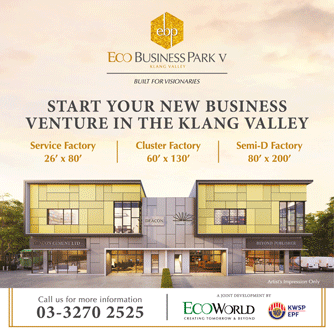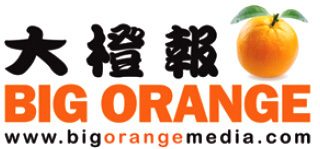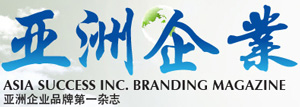Trade liberalisation presents opportunities as well as challenges to SMEs. To reap the benefits, SMEs need to understand these trade initiatives and be aware of the available market opportunities.
WHEN the Asean Economic Community (AEC) materialised on Jan 1, 2016, it marked a huge step forward for Asean countries in terms of trade liberalisation and integration.
There is still a tremendous task ahead for Asean to fully realise the AEC and the opportunities it offers to member countries. There are still some key details that need to be ironed out with regard to harmonisation of standards for products and services. This is an important challenge because the level of economic development among member countries is uneven.
Nevertheless, the forces of trade liberalisation and integration continue to take place in this region. Apart from the AEC, the Regional Comprehensive Economic Partnership (RCEP) is expected to materialise this year. The RCEP is a mega trade deal which aims to cover goods, services, investments, economic and technical cooperation, competition and intellectual property rights.
The stakeholders include Asean, China, Japan, Korea, Australia, New Zealand and India, which have a combined GDP of US$17tril and a population of 3.3 billion.
There are opportunities as well as challenges for Malaysian SMEs in the era of trade liberalisation and integration. No doubt, elimination of tariffs and some non-tariff barriers may offer export opportunities, but it also means greater competition. Cost-ineffective or low-productivity and low-technology firms are expected to be losers in the competition.
It is important for Malaysian SMEs to understand the comparative advantage of Malaysia vis-à-vis other Asean members and its trade partners, in order to survive and reap the benefits of trade liberalisation and integration.
Malaysia has been able to position itself as a neutral party in international relations. We work well with the US and China, and hence, are able to take advantage of trade agreements with the two giants. Malaysia would be an advantageous entry point for FDIs, as we have signed the TPPA, engaged in the One Belt One Road (OBOR) plan under the stewardship of China, and the forthcoming RCEP. These initiatives open up access to the markets of Asean, TPP, OBOR and RCEP.
The business environment in Malaysia can be considered better than average among the Asean countries. According to the Doing Business 2016 report, Malaysia ranks 18th in the world or fifth in Asia (following Singapore, Korea, Hong Kong and Taiwan). It offers a reliable legal system and good monitoring system. Furthermore, the multicultural and multi-lingual society and people of Malaysia provide a conducive environment for foreign firms to start businesses locally and to venture into the regional market. This makes Malaysia more attractive to foreign firms that intend to collaborate with Malaysian SMEs.
Malaysia has been known for its good infrastructure in the Asean region. Based on the 2014 Logistics Performance Index, Malaysia ranked second after Singapore in Asean. We have a comprehensive land, air and sea transportation system that provides the conditions for Malaysia to be the regional logistics hub.
Tapping on the comparative advantages of Malaysia and recognising us as a core market of Asean, China considers Malaysia an important strategic window and frontier of Asean.
China has carried out a number of key initiatives to facilitate the entry of Chinese firms into Malaysia. Under the OBOR initiative, Malaysia has been identified as a strategic partner of China in the region. The Bank of China in Malaysia has been actively bridging the firms in China and Malaysia by creating various platforms for business-matching. Also, the Bank of China has set up the Kuala Lumpur Renminbi Clearing Bank to facilitate trading with Chinese firms in the region.
It is time for Malaysian SMEs to get ready and equip themselves with good knowledge on AEC, RCEP and OBOR in order to be able to reap the full benefits. The response that we have received from SMEs suggests that many still lack an understanding of these initiatives, like the standardisation of products and services and import-export under AEC. A number of SMEs also lack information on market opportunities.
As such, creating awareness among the SMEs would be one of the key priorities for the Government if it is to prepare them for the era of trade liberalisation and integration.































